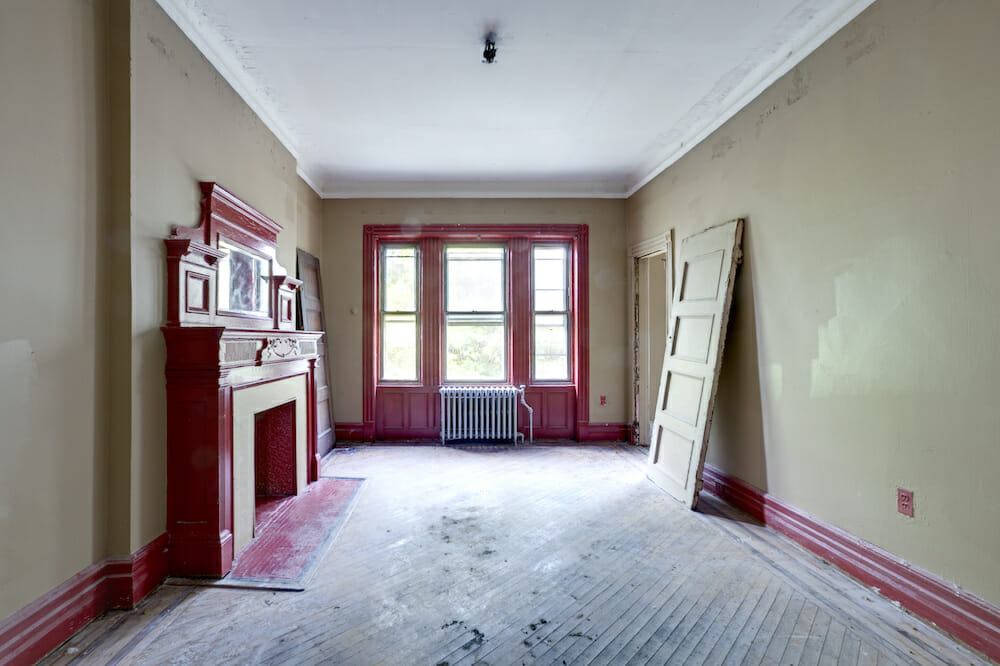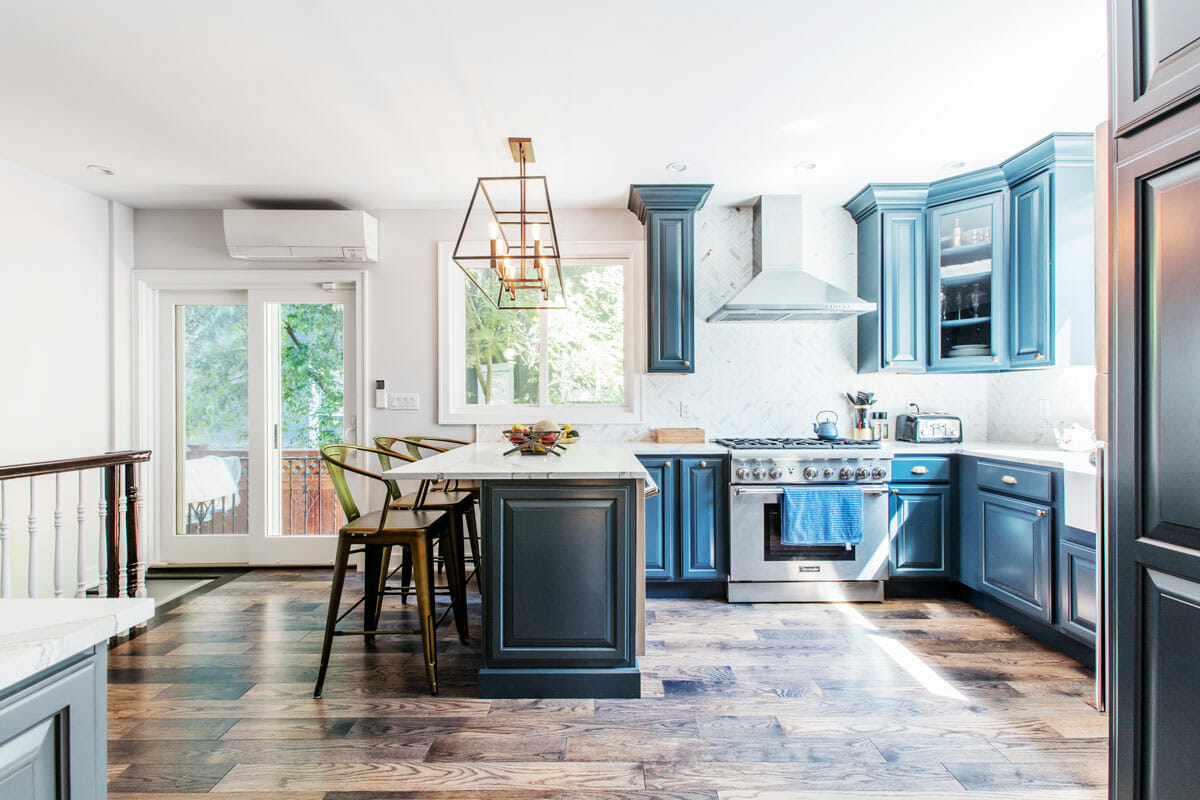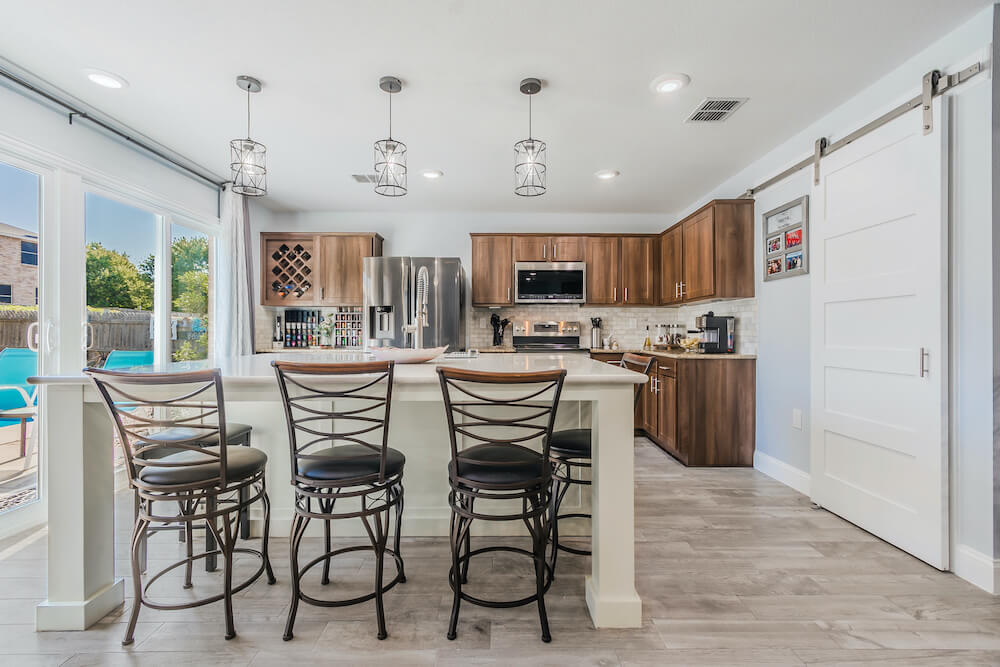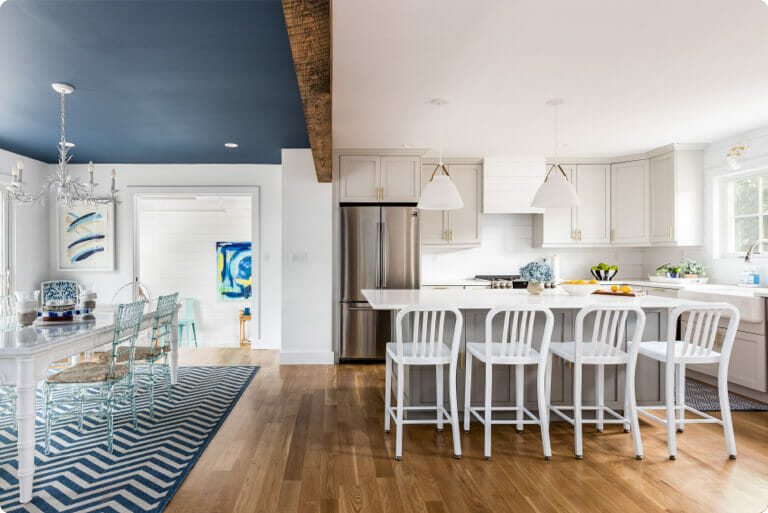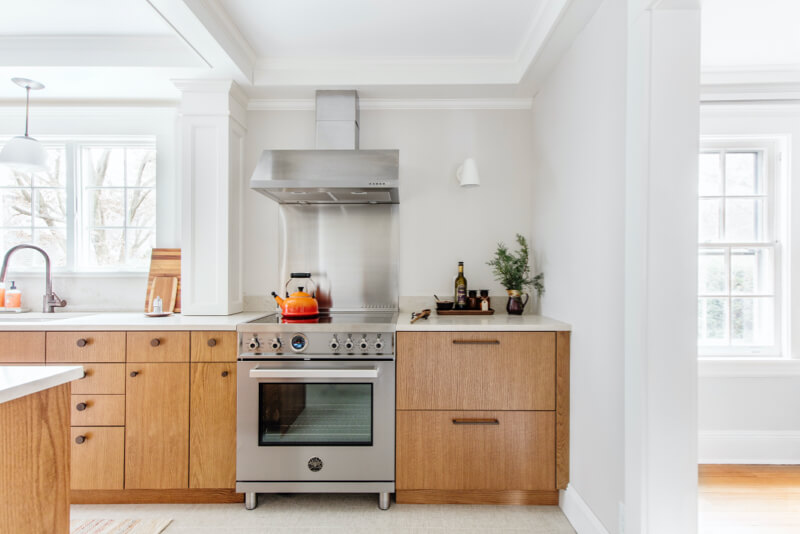Steps to Buying and Renovating a Fixer-Upper
Renovating while buying a new home can feel like a rollercoaster ride—exciting, exhilarating, and maybe a little stomach-churning. You’re juggling house hunting, design consultations, and construction schedules, all while navigating the complexities of a real estate transaction. This comprehensive guide will be your seatbelt on this rollercoaster, providing a clear buying and renovating timeline to keep you safe, organized, and on track for your dream home.
Getting organized for a new home
Buying and renovating a fixer-upper is one way to attain both the desired square footage and location at a more affordable price. If you are buying with the intent to renovate, cost is not the only item to consider. Use your time efficiently by syncing the construction timeline with the closing schedule. When do you bring in the architect and general contractor?
At Sweeten, we’re experts at all things general contractors — we pre-screen them for our network, carefully select the best ones for your remodeling project, and work closely with hundreds of general contractors every day. So, we’ve tapped our internal expertise to bring you this guide.
Sweeten matches home renovation projects with vetted general contractors, offering advice, support, and secure deposits—for free.
Bidding on the home you want
- Speak with a mortgage broker or lender (1 – 3 weeks) Determine how you want to pay for your renovation. A construction-to-permanent loan allows you to finance your renovation as part of your mortgage application in one go versus two separate processes.
- Hire a real estate attorney (3 days – 2 weeks)
- Find your new home and make an offer (1 – 4 months) Take into consideration how much of a reno budget you’ll have after the purchase. On the reno front, decide the time/budget of what you can afford. (Don’t forget about closing costs; your agent and attorney can guide you on the cost range.) Keep in mind how long you want to carry a property after closing. You will most likely be paying for housing elsewhere unless you plan on roughing it in the unrenovated space.
- Negotiate the offer (2 days – 2 weeks) In the meantime, read up on how much labor and materials cost, along with the average home renovation costs on Sweeten’s blog. You can get a head start filling out your project details on Sweeten to better understand what you need. ie) alteration agreement, building insurance requirements, space dimensions for the renovation). Then, post your project after you close on your property.
Inspect and Sign the Contract
Schedule and Conduct a Thorough Inspection Sweeten brings homeowners an exceptional renovation experience by personally matching trusted general contractors to your project, while offering expert guidance and support—at no cost to you. Renovate expertly with Sweeten
While it’s possible to waive inspections in highly competitive markets to increase your offer’s appeal, a thorough inspection is crucial, especially if you plan to renovate. This will provide invaluable insights into the property’s condition, potential renovations, and any hidden costs.
Key Inspection Areas:
- Structural integrity: Assess the foundation, walls, and roof for any signs of damage.
- Plumbing and electrical systems: Evaluate the condition and functionality of these essential systems.
- Appliances and fixtures: Determine if they are in working order and if replacements are necessary.
- Potential renovations: Assess the feasibility of your desired changes, such as moving walls or relocating the kitchen.
Consult with Experts
For major renovations like moving walls, consider consulting with an architect or designer to ensure compliance with building codes and zoning regulations. They can also provide valuable insights into potential challenges and costs.
Financial Due Diligence
Your attorney should conduct a thorough review of the alteration agreement to ensure it doesn’t restrict your renovation plans. Additionally, inquire about any upcoming assessments, such as for a new roof or boiler, as these can significantly impact your overall costs.
Zoning and Permitting
If you’re purchasing a house, research local zoning regulations to determine the feasibility of your renovation plans. In historic districts or areas with specific zoning restrictions, you may encounter limitations on exterior modifications.
By conducting a comprehensive inspection, consulting with experts, and performing due diligence, you can make an informed decision and avoid any unpleasant surprises during the renovation process.
Start your general contractor search
- Sign the contract to your new home (5 – 7 business days) Now’s the time to post your renovation project to Sweeten with details about your wish list, budget, and timeline. You’ll be matched to vetted general contractors based on scope, location, and budget. Review your contractors’ past work and testimonials.
- Apply for a mortgage and receive a commitment (3 – 6 weeks) Reach out to your contractor(s) and set up site visits. Here’s how to prepare for it.
- Complete and submit your co-op/condo application package (10 – 20 business days or within 3 days of receiving mortgage commitment)
- Keep the conversation going and negotiate the terms of the renovation budget, timeline, and other contractual details with your Sweeten contractor. Here’s a primer on how to evaluate different bids (Sweeten can help you bid-level for free).
- What are the contractors’ schedules for the coming quarter/6 months? Where would your project could fit in? You’ll want the contractor to start immediately after your closing date.
Board approval and begin your renovation
- Meet for a board interview (this can take anywhere from 1 week to a few months).
- Receive board approval (again, be prepared for a wait time from 1 week to a few months after the board interview).
- Schedule a closing (2 weeks after approval). Once your closing is scheduled, let your general contractor know so that room can be made in the schedule for your project to begin. Also check out our article on what to ask a GC before renovating.
- The keys to your new home are in hand! Sign the contract with your Sweeten contractor. If you’re in a condo or co-op, you’ll also need to get the renovation approved by the board.
When buying and renovating a fixer-upper, some overlap exists between your renovation and your property purchase schedules. The bulk of the renovation process that happens prior to closing is prep work. Use this time to educate yourself about costs and processes. Begin the search for contractors and who would be the best fit for your project.
Ready to renovate? Start here for free!
Here you can learn more about our services and locations. Alternatively, browse more home renovation inspirations, processes, and cost guides.
